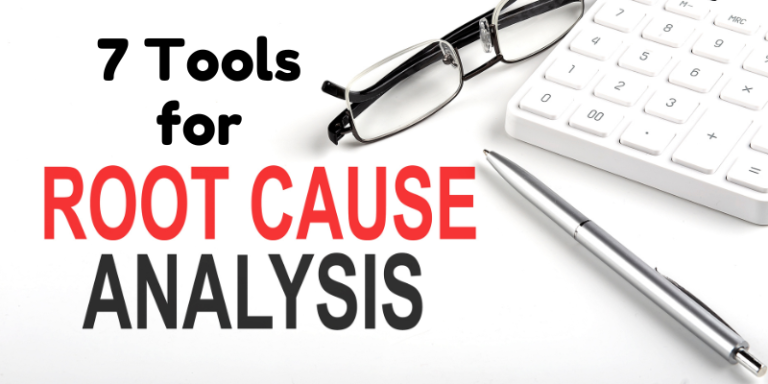Corrective and Preventive Action (CAPA) in Pharmaceutical Industry
Corrective and Preventive Action (CAPA) was first formally introduced by the U.S. Food and Drug Administration (FDA) in 2006 as a component of the Quality Systems Guidance. This guidance would go on to form the basis of the ICH Q10.
Since then, it’s found its way into the EU GMP Guide, laying out the CAPA process within the pharmaceutical space.
For medical device companies, CAPA is addressed in ISO 13485, which unlike Q10, divides the concept into its two concepts:
“Corrective measures” (addressed in Chapter 8.5.2)
and
“Preventive measures” (addressed in Chapter 8.5.3).
Despite the separation of these processes, both are required to be documented and evaluated to demonstrate improvement and preventive action, making CAPA the practical processes by which both are united. With this in mind, we’ll be treating it as one concept here.
What is CAPA used for?
A CAPA procedure is used to address deviations or problems that have already occurred and to put measures in place to avoid future deviations or problems.
This entire process of analyzing errors, deviations, and their effects can––and should–– be carried out as a component of broader risk assessment rooted in a well-defined and documented risk management program.
CAPA-triggering deviations can originate from a variety of sources within a quality management system, such as internal audits, customer feedback, complaints or in the most serious cases, safety or security-related incidents that result in faulty products due to inadequate controls.
To effectively investigate and correct quality issues to prevent recurrence, a comprehensive CAPA process should conduct and track the following seven procedures meticulously:
1. Identify the potential or actual problem
2. Evaluate the potential impact and risk level
3. Develop an investigation procedure
4. Analyze the problem using available information
5. Create an action plan using the analysis
6. Implement and document action plan tasks
7. Verify completion and effectiveness of actions
For regulated companies across the globe, an effective CAPA process can be instrumental in identifying and correcting issues and preventing their recurrence in a quality system.
Meeting risk-based CAPA requirements today demands a complete CAPA process – from identifying the problem through successful completion.
What FDA Expects?
“Manufacturers should consider that their corrective action and preventive action documentation can demonstrate to FDA that the manufacturer’s quality system is effective and enables the manufacturer to identify problems quickly and implement effective corrective and preventive actions (or not).”
Read also: Basic Tools for Root Cause Analysis in Pharmaceutical Industry
Resource Person: BARBARA PIROLA







